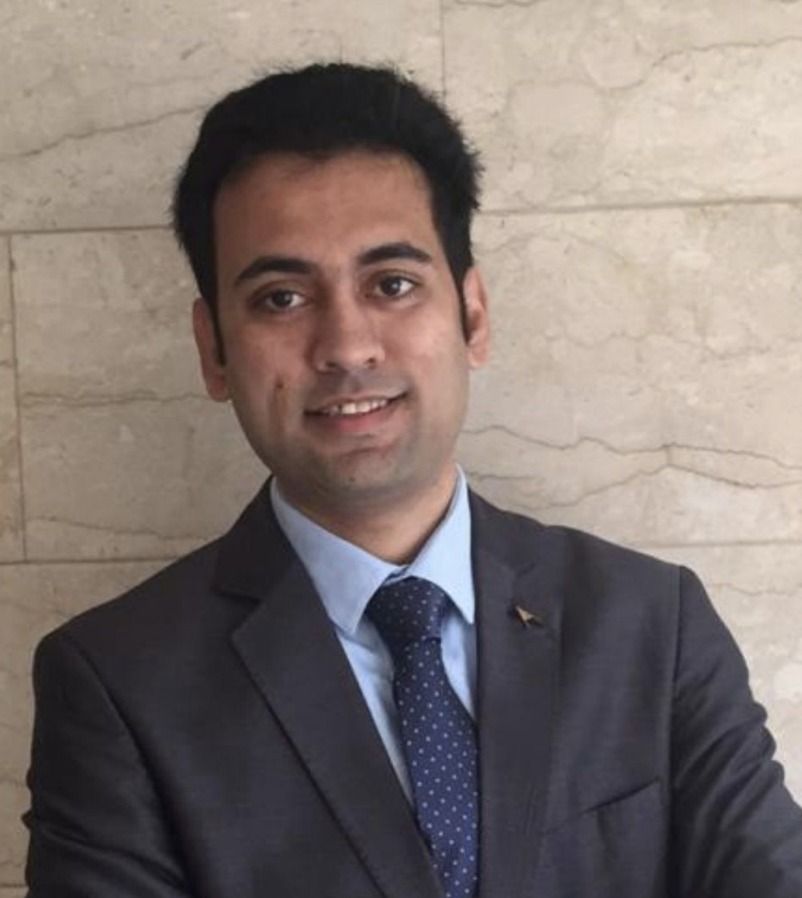Upstox Originals
Are Indian millionaires building their own shark tanks?

7 min read | Updated on October 29, 2025, 18:30 IST
SUMMARY
Almost 40% of Indian HNIs now have exposure to venture capital or private equity, up from just 12% five years ago. India’s HNI’s have increased their startup exposure in search for sharper returns and diversification. Family offices are booming, co-investment platforms are multiplying, and founders are getting new kinds of investors. Their expectation: quicker exits. So, could India’s next billion-dollar startups be homegrown - and home-funded too?

Indian family offices and HNIs poured $9.8 billion into startups and alternative assets in 2024
What do you do when you already have everything - stocks, real estate, gold, even a few art pieces for good measure?
You go hunting for the next big thing.
And India’s wealthy have found it, in startups.
Once upon a time, India’s high-net-worth individuals (HNIs) — those with ₹5 crore or more in investable assets (money or investments that can be easily put into markets — like cash, shares, or mutual funds), were content with the old formula: a blend of equities, real estate, gold, and maybe some debt funds. Venture Capital? That was too “risky,” too illiquid, too opaque.
But that’s changing, fast.
According to a 2025 Bain–IVCA report, over 38% of Indian HNIs now have exposure to venture capital or private equity, up from just 12% five years ago. Collectively, Indian family offices and HNIs poured $9.8 billion into startups and alternative assets in 2024, marking a 3x increase since 2019.
And they’re not just investing through funds. They’re setting up their own VC arms, joining co-investment platforms, and even backing niche funds in AI, climate tech, and deeptech.
So what’s driving this pivot?
The hunt for higher (and smarter) returns
India’s wealth pool is swelling. The country is projected to have 1.65 million millionaires by 2027 (Credit Suisse Global Wealth Report), growing at 13% annually, the fastest rate in Asia. But traditional asset classes have been underperforming. According to the India Venture Capital Report 2025 by Bain & Company and industry data from VC fund trackers, the Nifty 50 CAGR (2020–24) stands at around 11%, versus 16–18% returns clocked by early-stage VC funds over the same period.
When wealth grows faster than traditional returns, investors start hunting for alpha — and startups offer that shot.
“HNIs no longer want to be passive spectators in India’s growth story,” says a senior partner at Blume Ventures. “They want a seat at the innovation table.”
The rise of family offices — India’s new mini-VCs
Ten years ago, “family office” sounded like something out of Wall Street. Today, it’s mainstream. India now has over 330 formal family offices, compared to just 45 in 2015, managing an estimated $160 billion in assets (Campden Wealth India Report 2024). These entities are no longer just wealth-preservation vehicles — they’ve become wealth-creation engines.
72% of family offices in India now allocate to private markets, including VC, PE, and real estate funds.
Average allocation to alternatives rose from 9% in 2018 to 23% in 2024.
Around 41% of them have invested directly in startups or co-invested with funds. And the big names are setting the tone — think PremjiInvest, Catamaran Ventures, Nandan Nilekani’s Fundamentum, or Hero Group’s RPSG Capital. These family offices often behave like mini-VC firms: hiring analysts, sitting on startup boards, and running internal due-diligence teams.
Platforms, pools, and partnerships
Another force driving this trend is access. Earlier, venture deals were an insiders’ club. Minimum tickets ran into crores, and documentation was labyrinthine. But the rise of co-investment platforms like LetsVenture, AngelList India, and Tyke has cracked open the gate.
The number of HNIs investing through syndicate platforms grew 5x between 2019 and 2024, according to IVCA.
Average ticket size dropped from ₹1.2 crore to ₹25 lakh, making venture exposure accessible to a wider pool.
Category II AIFs (Alternative Investment Funds) alone attracted ₹8.4 lakh crore in commitments by 2025, up from ₹2.4 lakh crore in 2019 (SEBI data).
Even wealth-management firms like IIFL, Kotak, and Julius Baer are creating curated VC portfolios for clients, blending 3–5 early-stage funds to spread risk. In essence, venture capital is no longer an exotic asset class — it’s a structured line item in the HNI playbook.
The global spillover effect
HNIs aren’t just backing Indian founders — they’re chasing global scale.
Data from Bain shows that nearly 27% of Indian family offices invested in foreign VC funds in 2024, mainly in Silicon Valley, Singapore, and Dubai. Many are also using GIFT City structures to channel offshore investments in a tax-efficient way.
GIFT City’s International Financial Services Centre (IFSC) reported a 300% rise in AIF registrations between 2022 and 2024, with family offices forming the largest cohort. This reflects a mindset shift: Indian capital is now comfortable funding global innovation, not just domestic ideas.
Benefits to look for...
For entrepreneurs: More capital, tougher conversations
Startups are cheering.
Private capital from family offices has helped fill the void left by global VC slowdown — especially after 2022’s funding winter. While institutional VC funding fell 35% YoY in 2023, HNI and family-office participation in early-stage rounds rose by 42% (Tracxn Data 2024).
But this money comes with fine print.
- HNIs prefer board visibility, clear exit timelines, and quarterly reporting.
- They’re less patient with burn-heavy models and prefer startups with clear cash-flow pathways.
- Average exit horizon demanded: 5–7 years, versus 10 for traditional VCs.
In other words, founders get easier access to cheques — but must deliver faster discipline.
“HNIs aren’t just chasing moonshots anymore. They want sustainable growth and governance,” notes the CEO of a domestic AIF platform.
For investors: Specialisation is the new diversification
The rise of alternatives also demands expertise.
Unlike mutual funds, VC investments require evaluating founders, markets, and technology — things most HNIs weren’t trained for. That’s why we’re seeing the rise of “fund-of-funds”, sector-specific AIFs, and managed co-investment desks. SEBI data shows Category II AIFs (which include VC and PE funds) now account for 72% of all AIF AUM.
Within this, sector-focused funds (like climate tech, agritech, and healthcare) saw a 60% jump in commitments in 2024 alone.
Around 46% of HNIs say they prefer professional advisory before entering private markets (Knight Frank Wealth Report 2025).
Also, liquidity management is becoming critical. Only 1 in 4 Indian HNIs can accurately estimate VC exit timelines, and nearly 30% report holding periods longer than expected. That’s prompting family offices to pair VC with secondary-market funds and structured-exit vehicles — essentially creating their own liquidity ecosystems.
A shift in mindset: From preservation to participation
This whole story boils down to one philosophical shift. Indian wealth used to be defensive — gold, land, FDs. Now, it’s participatory — startups, renewables, digital infra.
A Motilal Oswal Wealth Study (2025) puts it well: “For the first time, over 50% of new HNI portfolios include exposure to unlisted equity.”
In short, Indian capital is finally betting on Indian innovation — not just consuming it. And it’s not only about returns. It’s about legacy, influence, and impact. Founders often find HNI investors doubling up as mentors, connectors, and brand ambassadors — something institutional funds rarely offer.
The road ahead
The momentum isn’t slowing.
By 2027, India’s AIF market is projected to cross ₹20 lakh crore AUM, with family offices contributing nearly one-fourth.
Global macro trends — like the AI wave, climate transition, and manufacturing push — are creating new venture themes, and Indian HNIs want early seats at those tables.
But the caveats remain: venture is risky, exits are long, and portfolio balance matters. For every Flipkart-style success, there are dozens of quiet write-offs.
So while the HNI-VC marriage looks glamorous, it still demands patience, process, and prudence.
Because the new wealth-management playbook isn’t just about chasing returns — it’s about re-imagining what it means to be an investor in the world’s fastest-growing economy.
By signing up you agree to Upstox’s Terms & Conditions
About The Author
Next Story
